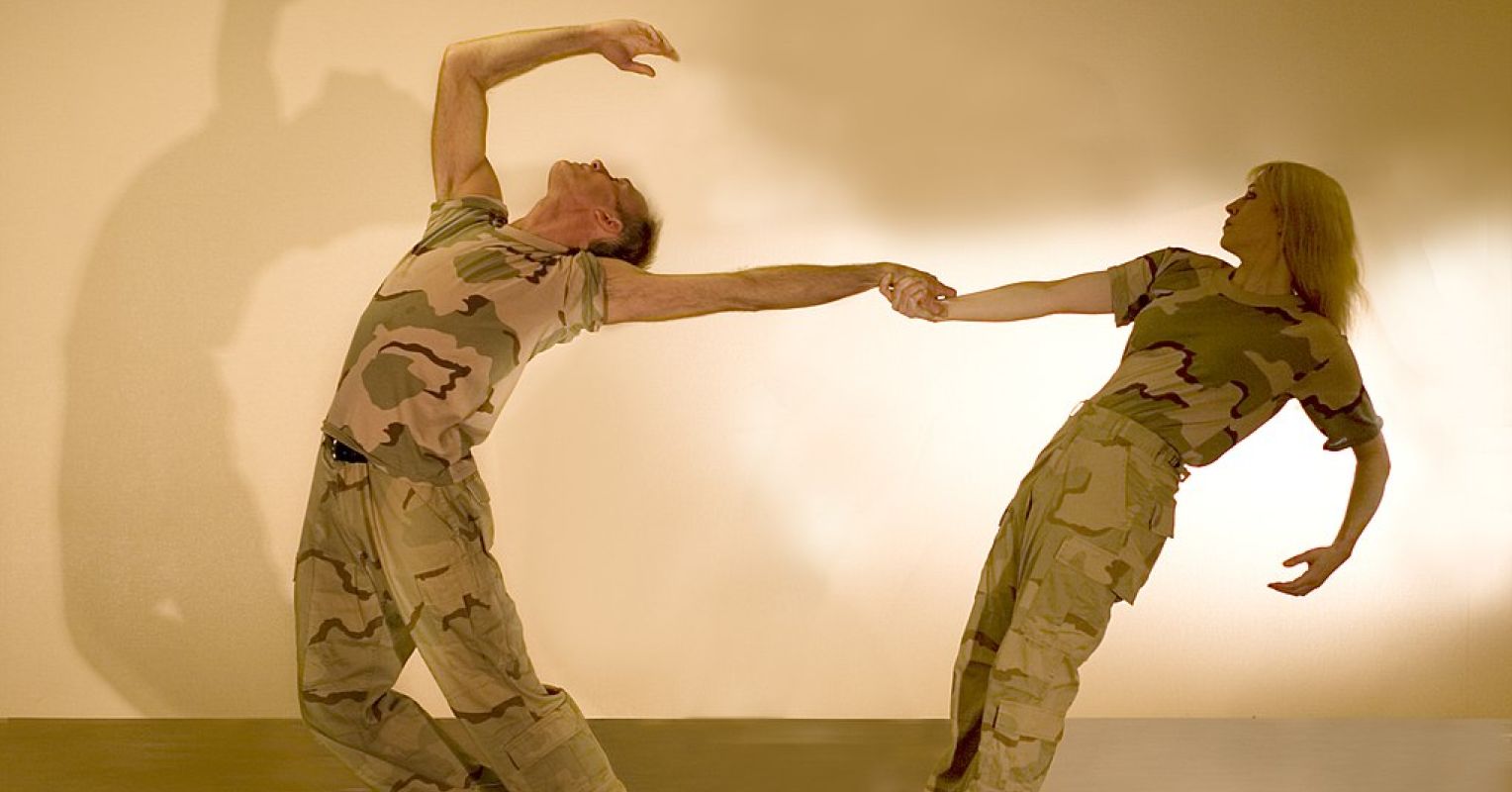
"Human dancing involves multi-level brain activation and enhances coordination by extracting information about a partner's movement, leading to a richer social interaction."
"The recruitment process for the study encouraged participants to come with known partners, promoting a social aspect that is critical during the dance."
"Research indicated that dancing with a partner necessitates the brain's capacity for auditory tracking, self-movement control, partner observation, and social interaction."
"David Bowie and Billy Idol represent contrasting perspectives on dancing, emphasizing either interaction with others or self-dancing, highlighting varied social behaviors."
Dancing incorporates sound, movement, and social interaction, activating multiple brain regions. Researchers explored this by studying 80 participants paired in dyads, observing their coordination through auditory tracking, self-generated movements, and partner movement monitoring. The recruitment encouraged participants to enter with someone familiar, emphasizing social dynamics inherent to dancing. The study aimed to elucidate how these interactions shape both brain and body coordination, revealing underlying cognitive processes involved. The contrasts in dance themes by artists like David Bowie and Billy Idol reflect diverse social behaviors related to dancing.
Read at Psychology Today
Unable to calculate read time
Collection
[
|
...
]